As you know from reading my Substack posts. I like to first educate my readers on the subject at hand and then proceed to the pros and cons.
Let us take a deep dive into the differences between fish oil and krill oil, and when we would choose one over the other.
FISH OIL
Fish oil is primarily made from cold-water oily fish, such as anchovies, herring, mackerel, salmon, and sardines. Fish oil contains two types of omega-3 fatty acids known as DHA (docosahexaenoic acid) and EPA (eicosatetraenoic acid).
Neither of these beneficial omega-3 fatty acids are made by fish, rather they are consumed from microalgae, plankton, and prey fish lower in the food chain and concentrated in the tissues and skin of oily fish.
These fish also have a wonderful ratio of 7x omega-3 fatty acids vs omega-6 fatty acids. The reason that is important is that omega-3 fatty acids are anti-inflammatory, and omega-6 fatty acids do the opposite and are pro inflammatory.
There are some benefits to omega-6 fatty acids, but at high levels they are very pro-inflammatory. Hence, naturally we are always looking to decrease inflammation, since it is almost always harmful to the body. A high omega-3 to omega-6 fatty acid is what we are looking for.
There are many benefits from fish oil consumption due to its omega-3 dominance over omega-6, here are a few:
We now know that DHA and EPA exert different health benefits for the body and sometimes they overlap, but they are all good.
The ratio of DHA to EPA is not set in stone, and changes from species to species, here is a good chart outlining that very thing:
COULD FISH OIL CONSUMPTION HELP CURB AGGRESSIVE BEHAVIOR?
Penn State neurocriminologist Adrian Raine has for years been studying whether omega-3 supplementation could therefore reduce aggressive behavior, publishing five randomized controlled trials from different countries. He found significant effects but wanted to know whether these findings extended beyond his laboratory.
Now, Raine has found further evidence for the efficacy of omega-3 supplementation by conducting a meta-analysis of 29 randomized controlled trials. It shows modest short-term effects — he estimates this intervention translates to a 30% reduction in aggression — across age, gender, diagnosis, treatment duration, and dosage.
Raine is the lead author of a new paper published in the journal, Aggressive and Violent Behavior, with Lia Brodrick of the Perelman School of Medicine.
“I think the time has come to implement omega-3 supplementation to reduce aggression, irrespective of whether the setting is the community, the clinic, or the criminal justice system,” Raine says. “Omega-3 is not a magic bullet that is going to completely solve the problem of violence in society. But can it help? Based on these findings, we firmly believe it can, and we should start to act on the new knowledge we have.”
Wow, that is very cool stuff, something I have given much thought to over the years, that is could the violent behavior of prisoners or in ghetto populations be made worse by poor diets that are essentially extremely low in vitamins, minerals, fatty acids, and trace elements?
And importantly, could giving prisoners supplements lessen their aggression and violent tendencies? Food for thought, no pun intended, however once again I digress.
UNDERSTANDING THE IMPORTANCE OF MAINTAINING A HEALTHY OMEGA-6 TO OMEGA-3 FATTY ACID BALANCE
Up until about 100 years ago, the omega-6/3 ratio has been around 4:1 or less. However, the typical Western diet now provides an omega-6/3 ratio of approximately 20:1 in favor of omega-6.
Over the last 100 years, the intake of the omega-6 fat linoleic acid in the United States has more than doubled. This is primarily due to the increased consumption of omega-6 rich seed oils, such as soybean, corn, and safflower oil, the latter two having an omega-6/3 ratio of approximately 60:1 and 77:1, respectively.
Additionally, since the 1950s, there has been an approximate 2.5-fold increase in linoleic acid stored in adipose tissue (fat) in the United States. The increase in the omega-6/3 ratio has paralleled the rise in numerous autoimmune, inflammatory, and allergic diseases.
Omega-3s are utilized by the body to resolve and lower inflammation, whereas omega-6 polyunsaturated fatty acids are primarily used for increasing inflammation. Thus, the rise in the omega-6/3 ratio over the past 100 years may be driving chronic low-grade inflammatory conditions including autoimmune diseases, allergies, and asthma.
The reason for this change in our dietary content of omega-6 fatty acids to omega-3 fatty acids is due to our ingestion of large amounts of omega-6 heavy seed oils, which are inexpensive and extensively used in the highly processed foods that so many Americans live on.
This is why the Medical Underground is so against eating highly processed foods and encourages skewering your diet to include fresh and even raw foods which are so beneficial. To do that I always encourage my patients to shop for their food among the outer isles of the grocery store and ignore the center of the store where all the processed foods are displayed.
So, why you ask is an omega-6 fatty acid dominant diet such a big deal? The short answer is that it is so pro-inflammatory, but it also contributes to increased auto-immune diseases such as rheumatoid arthritis, asthma, inflammatory bowel diseases such as Crohn’s disease, and ulcerative colitis.
One other benefit of eating a healthy ratio of omega-6 to omega-3 fatty acids is for allergies! The western world and especially the United States has undergone a tremendous rise in allergies of all types including food and environmental sources, as well as asthma, eczema, and allergic conjunctivitis (allergies affecting your eyes, causing itchy watery eyes).
It has been a virtual explosion of these problems in conjunction with the dominance of omega-6 fatty acids in our diet. Yet, for the most part this is under the radar of the American public.
HOW THE MEDICAL UNDERGROUND ADVISES PREGNANT WOMEN TO SKEWER THEIR DIETS TO PRODUCE LESS ALLERGIC CHILDREN
Providing adequate amounts of fish oil omega-3 fatty acids to the diet of pregnant women has so many amazing benefits for their children that it is mind boggling that it is not universally given (as well as providing iodine which also has amazing benefits especially for brain development and intelligence. See my earlier Substack on that entitled: “Iodine for Smarter Children and Better Health” from February 4th of 2024).
Here is a wonderful chart showing its benefits for children born from mothers who supplemented with omega-3 fatty acids:
Considering that most of the population is deficient in long-chain omega-3s, there is an increased need for educating the public on the importance of increasing marine omega-3 intake.
Supplementation or fortification of foods with marine omega-3s is one way to increase population-wide omega-3 intake. Additionally, increasing the consumption of seafood, such as fatty fish, crustaceans, and shellfish, is another way to increase marine omega-3 intake.
At the same time, background intake of omega-6 PUFA (polyunsaturated fatty acids) also needs to be reduced. Omega-6 seed oils such as soybean, cottonseed, corn, and safflower oil are some of the largest contributors to the omega-6 intake in the Western world.
These sources of omega-6 are highly refined and are more susceptible to oxidation compared to whole foods that contain omega-6 fatty acids such as nuts, seeds, vegetables, and eggs.
A reduction in the intake of industrial omega-6 seed oils will help reduce the high dietary omega-6/3 ratio and the pro-inflammatory state that ensues.
Choosing your cooking oils is critical for improving your omega-6/omega-3 ratio, with avoidance of harmful seed oils as your primary goal. Here is a quick simple guide to the best and worst cooking oils for your health:
Here is a second chart that has a little more information about the best and worst cooking oils:
It has always been a bone of contention between the Medical Underground and my OB-GYN colleagues as to why they do not push omega-3 and iodine supplements for their pregnant patients, since there are no real side effects of any importance and a hell of a lot of upsides. Their reaction to my arguments… CRICKETS.
That is the difference between a Functional Medicine doctor and everyone else. We look to see what the body needs to optimally function, and we start from that premise and move forward.
Whereas mainstream medicine looks for a silver bullet foreign chemical to treat each disease. Their method is ridden with side effects and adverse reactions, whereas the Functional Medicine approach provides nutrients that the body recognizes and has an entire host of beneficial side effects. Call me insane, but to me that is the preferential way to treat patients. However once again I digress.
Kinky Facts/Nerd Food: Skip this section if the biochemistry of fish oils is not your thing. However, if you are a nerd like me, dive right in and enjoy!
Both DHA and EPA exert their influence by increasing the production of signaling molecules known as eicosanoids. The term eicosa in Greek means twenty, because eicosanoids are twenty carbons in length.
For us geeks, eicosanoids are very cool because unlike most signaling molecules which are proteins, they are made from fats, and as such they are capable of crossing cell membranes to bind with their target protein receptors.
This is a wonderful quality to have. The downside is that since they readily cross cell membranes they cannot be stored in the cell and must be made “on demand” for the body’s needs.
Eicosanoids have multiple functions in the body including: Controlling inflammation, allergies, fever, immune responses, controlling both blood flow and blood pressure, and even regulating cell growth.
KRILL OIL
Krill oil comes from as you might have guessed krill, which are tiny crustaceans that live in large schools primarily in the Antarctic and are consumed by many kinds of sea life from penguins to whales. The name krill comes from Norwegian for “small fish”.
Krill oil and oceanic fish oil are rich in omega-3 fatty acids, mainly (EPA) and (DHA). While both contain some EPA and DHA as free fatty acids, krill oil contains particularly rich amounts of choline containing phospholipids and phosphatidylcholine (PC).
The EPA and DHA in krill oil is stored in the phospholipid’s choline and PC, whereas in fish oil they are stored in triglycerides. What difference does it make you naively ask? The difference is huge, because phospholipids can penetrate across cell membranes, and barriers like the blood brain barrier (to enter the brain) much easier than triglycerides can. Hence, krill oil is better absorbed and more bioavailable for all the body’s needs.
Krill oils also contain a significant amount of astaxanthin, which is responsible for its red color. While fish oil is generally golden yellow, krill oil tends to be reddish. It is generally more expensive to buy as compared to fish oil.
THE WONDERS OF KRILL OIL’S ASTAXANTHIN
Astaxanthin is a fat soluble red colored pigment, made in the ocean by a microalga (a type of algae that is not visible to the naked eye), that is a primary food source for many different marine species. As astaxanthin is consumed by animals ascending the food chain, it results in its concentration in their tissues imparting a red color to them.
Animals feed on the algae, such as salmon, red trout, red sea bream, crustaceans (shrimp, krill, crab, lobster, and crayfish), and even flamingos. Subsequently, they reflect the red orange of astaxanthin pigmentation.
Astaxanthin is a carotenoid pigment, same family which gives carrots their orange/red pigmentation. Often dubbed the “king of carotenoids,” research shows that astaxanthin is one of the most powerful antioxidants in nature. In fact, its ability to fight free radicals has been shown to be much higher than vitamin C, vitamin E, polyphenols, and beta-carotene.
Just how much stronger is astaxanthin in comparison to other antioxidants, let’s look:
6,000 x more powerful than vitamin C
800 x more powerful than CoQ10
550 x more powerful than vitamin E
200 x more powerful than polyphenols.
Here are some additional health benefits of supplementation with astaxanthin:
THE HEALTH BENEFITS OF PHOSPHATIDYLCHOLINE and CHOLINE
Krill oil not only provides the omega-3 wallop of fish oil, but also has astaxanthin, and if that wasn’t enough, it also contains choline and phosphatidylcholine (PC), both of which your body utilizes in many ways.
PC is made from choline and as its metabolite, it has lots of tasks in the body. PC is especially important for brain, heart, and liver health, where it is essential for their proper function. PC can therefore be very helpful in any liver diseases such as fatty liver, cirrhosis, and hepatitis infections.
PC will help with brain problems such as ADD, ADHD, anxiety, irritability, and mild dementia. PC helps protect cell membranes for all cells, even the cell membranes of mitochondria.
PC is the precursor for the very important neurotransmitter, Acetylcholine (ACTH). PC will help with heart disease, and in nerve conduction within the heart itself, which is responsible for its contractions (heartbeat).
Kinky Fact/Nerd Food: The liver is the workhorse organ of the human body, having the unenviable task of having to break down all the nutrients, foreign chemicals, and toxins with which it is constantly bombarded.
The liver is the only organ that can regenerate itself. If a liver is partially surgically removed or from trauma, or chemical damage such as from alcohol, it can regenerate after two thirds of it is missing or destroyed! That is damn impressive, proving how important the liver is for human health that the body has given it the capacity to regenerate itself.
WHAT THE MEDICAL UNDERGROUND RECOMMENDS FOR MARINE OILS
I want to make one thing perfectly clear, both fish oil and krill oil are great for you and the Medical Underground supports taking either one. However, krill oil has distinct advantages over fish oil, due to its exclusive content of astaxanthin, choline, and phosphatidylcholine, the multiple benefits of which I outlined above.
However, there are additional differences to consider between the two, including price. Fish oil is less expensive than krill oil and easier to find.
NOTE: Krill oil cannot be taken if you have an allergy to shellfish. Also, both krill oil and fish oil have blood thinning effects, so if you are on Xarelto, Eliquis, Coumadin or aspirin, you might want to closely monitor that.
One thing I have noted when prescribing fish oil supplements to patients such as Lovaza and Vascepa as well as generic fish oils is that patients complained of burping up a fish taste, which bothered many of them a great deal. Krill oil does not do that as much, if at all. For those of you who want to take fish oil, you can avoid the fish burps by eating on top of the supplement. It works great.
The prescription strength fish oil supplements Lovaza and Vascepa are both outstanding to use, since they are pharmaceutical grade and supposedly without any mercury or other impurities. Fish oil is made from fish near the top of the food chain; hence they contain many heavy metals, mercury, and other harmful contaminants.
Krill oil, on the other hand, comes from krill that eat algae at the bottom of the food chain, so they are not contaminated. That is a major advantage, that is also a very good argument for buying the best fish oil supplement you can afford, hopefully which will contain less of those harmful contaminants.
Both Krill and fish oils will also lower triglyceride levels and raise HDL levels or good cholesterol levels.
DOSE OF KRILL OIL AND FISH OIL:
The typical dose of fish oil is four one-gram (1,000 mg) capsules daily. They can be taken all at once or in two or more divided doses, it doesn’t matter. Eat on top of them to help prevent any fishy burps. The same doses hold true for the prescription fish oils Lovaza and Vascepa.
Krill oil doses usually are in the 500 mg to 2,000 mg (two gram) range. I prefer the two-gram dose, to get more of a punch.
In conclusion: As I said earlier, all marine oils (krill and fish oil) are excellent for you, but in the opinion of the Medical Underground, krill oil has some distinct advantages nutritionally and is better absorbed, without fish burps.
Well, that concludes another exciting episode of The Medical Underground. As always, my sincerest wish is that you found it both entertaining and educational.
That being said, if you have not subscribed yet, then please hit that subscribe button and join the Medical Underground! If you have already subscribed, then please show me how much you enjoy the cutting-edge medical content I bring you every week and step up and become a paid subscriber. That would really make me really happy. LOL!
Until next week, may God bless you and your family and the United States of America. For those of you who are believers in Jesus Christ always remember, “Miracle Shall Follow Miracle and Wonders Shall Never Cease”.
This disclaimer provides that such medical information is merely information – not advice.
If users need medical advice, they should consult their doctor or other appropriate medical professional.
***Copyright © 2023-24 by Dr. Ralph La Guardia, MD
All rights reserved. This article or any portion thereof
may not be reproduced or used in any manner whatsoever
without the express written permission of the publisher
except for the use of brief quotations in an article review.




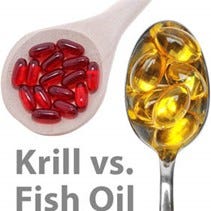
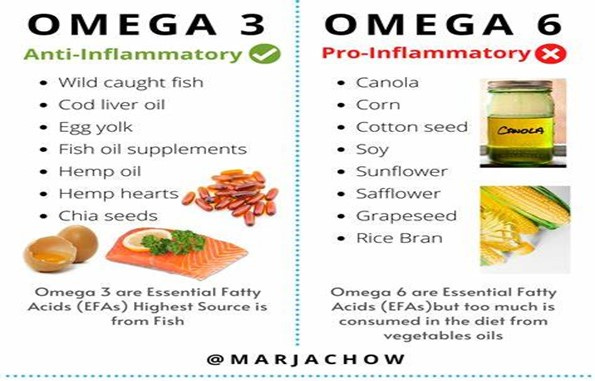


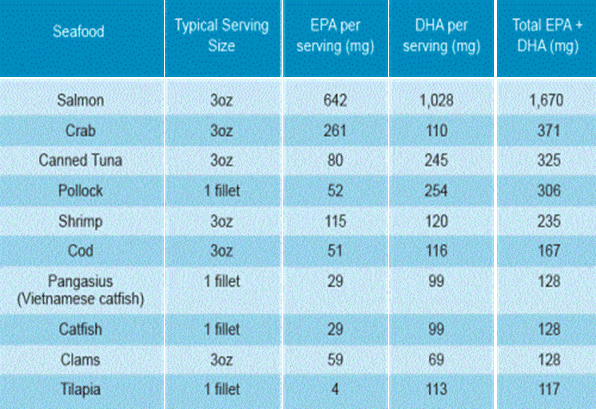










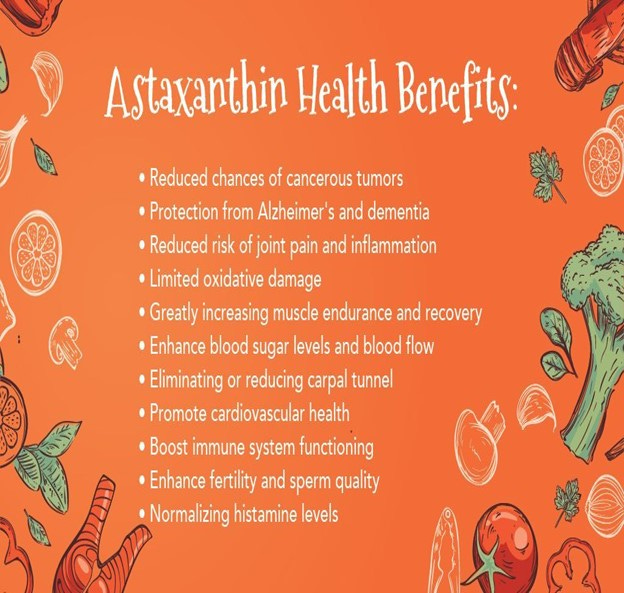

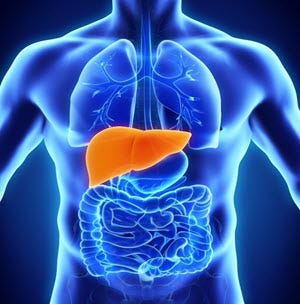
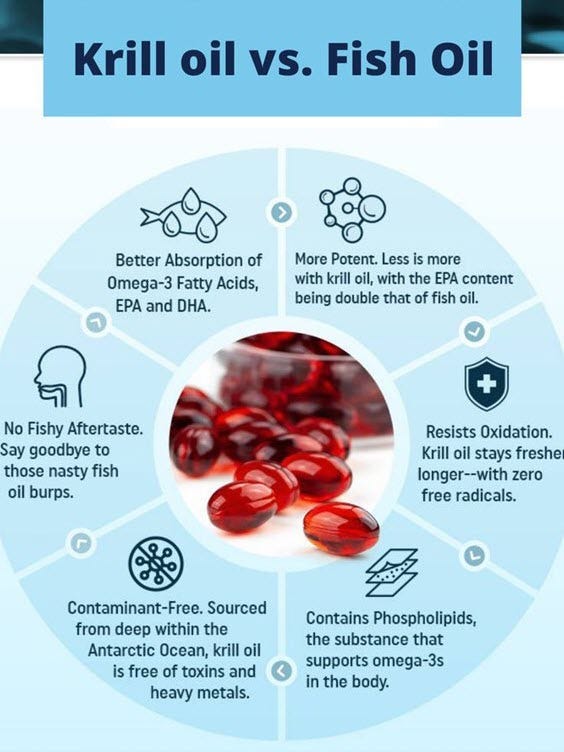



Jon,
You are very kind, and I value your opinion. Doc
June,
I have not heard of that method of taking your fish oil, but rest assured, it sounds okay and there will be no loss of the benefits, within a short time it reaches body temperature and dissolves providing all the same nutrients. Best Regards, Doc